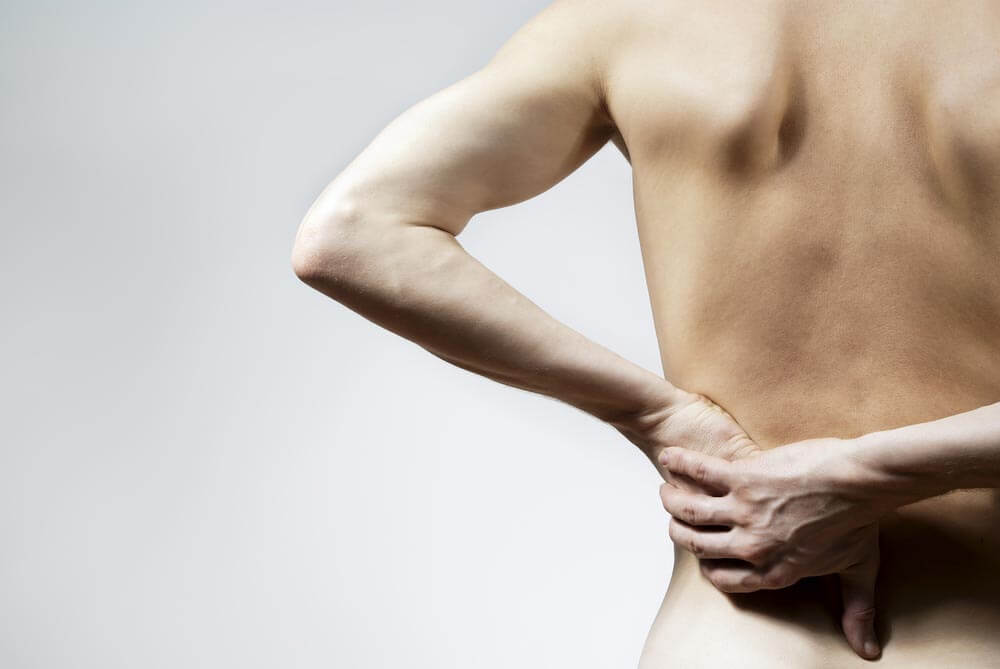Tailbone pain, also known as coccyx pain or coccydynia, is defined by a painful sensation right at the bottom of the spine and above the buttock, where the bony structure of the coccyx is. The causes can be various: whether it is because of an overuse injury during a sports activity (cycling, rowing) or after a fall.
But it is also one of the most common pains in pregnant women. During the last trimester of pregnancy and because of the baby growing, ligaments surrounding the coccyx get loose to make more room, moving the coccyx. This is why more women are victims of tailbone pain than men. Plus, it can also happen during and after vaginal childbirth.
So what are the symptoms and how is it possible to manage tailbone pain?
Symptoms of tailbone (coccyx) pain
In general, coccyx pain manifests itself as dull and achy. But you may feel sharp pain coming up from time to time, especially during movements like changing from sitting to standing position. Tailbone pain tends to also get worse when you keep standing for a long period of time, when you sit down, and even during sexual intercourse, or when going to the loo. It will make it difficult to do basic activities like driving or bending over, for example.
How can I release tailbone pain?
There are a lot of ways to help treat coccydynia (coccyx pain):
- You can start by avoiding staying for too long in the same (sitting or standing) position and use a special cushion when sitting down, like doughnut-shaped or v-shaped one
- Applying cold or hot pads in the affected region will bring an acute relief
- Self-medication such as anti-inflammatory and painkillers
If your symptoms don’t improve within a few weeks as it is supposed to, best thing is to consult a doctor. More professional treatments can then be put in place:
- Physical therapy: stretching and exercises advised by a physiotherapist will be a great help to make you feel better without hurting yourself furthermore. Some positions such as the cat cow stretch, the child’s position or as well the pigeon pose can stretch you back, muscles and pelvic floor. Pelvic and breathing exercising will also help taking pressure off the tailbone, releasing the pain effectively.
- Mobilisation by an osteopath or physiotherapist: local mobilisation of the coccyx and sacrum can be used to help realign the position of the coccyx. First is to start with an external manipulation. If this isn’t enough, internal manipulation can also be done. Note that the therapist will always ask for your approval and request you to fill a form to authorise internal manipulation.
- Soft tissue manipulation: massage and soft tissue manipulation on the muscles and ligaments that surround the coccyx will as well help in releasing the pain, as they are usually the reason why the coccyx is held in the wrong position.
- Medication: injection of local anesthetic and painkillers in the tailbone and surrounding area can help relieve the pain for a few weeks
- Surgery: on rare cases where all other treatments have failed, there is possibility to surgically remove the coccyx (coccygectomy)
For more information about tailbone pain treatment with physiotherapy and osteopathy: Click here
If you have any questions or would like an appointment with one of our specialists at the practice or at your home in London: Call us now on 0207 125 0262
Other topics you might be interested in:


